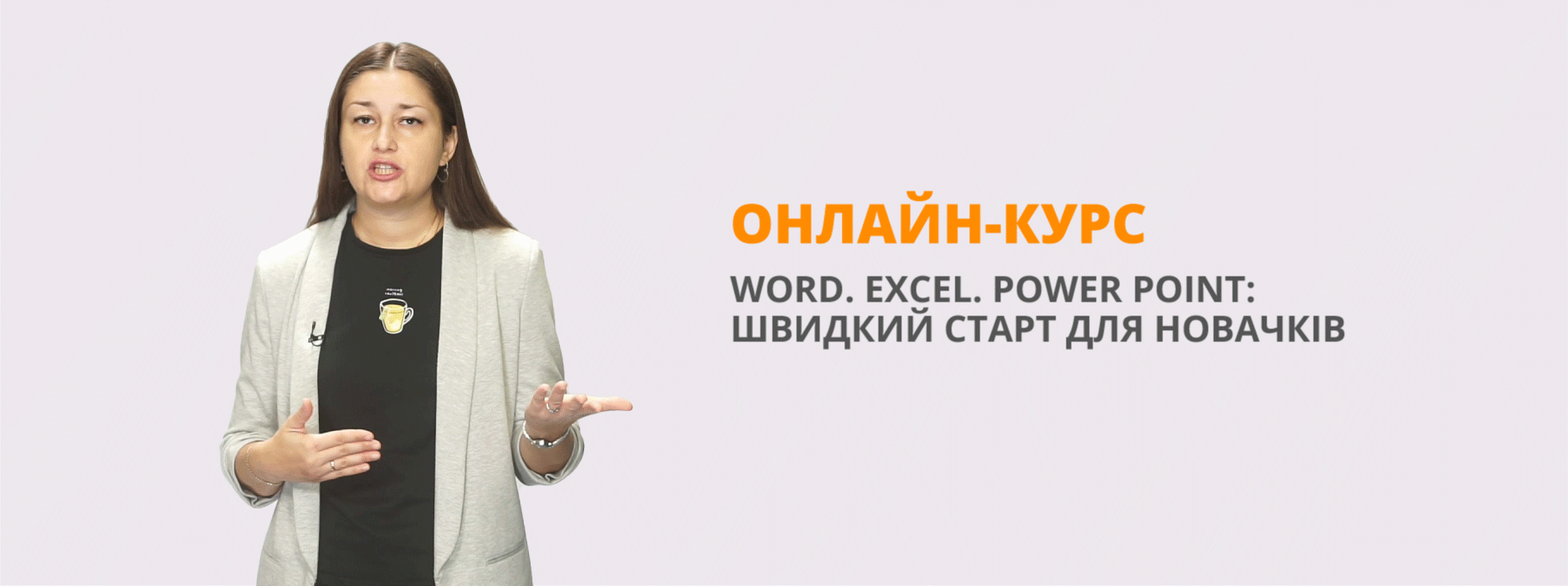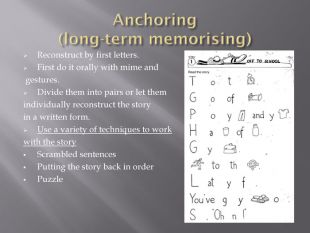Презентація "Використання мультисенсорної методики навчання англійської мови в середній школі"
Про матеріал
Презентація пропонує ознайомлення з методом мультисенсорного навчання іноземної мови, яка може бути взята за основу і модифікуватися як додатковий матеріал для навчання будь-якої іноземної мови у середній школі.
Перегляд файлу
Зміст слайдів
pptx
Оцінка розробки


Безкоштовний сертифікат
про публікацію авторської розробки
про публікацію авторської розробки
Щоб отримати, додайте розробку
Додати розробку






















